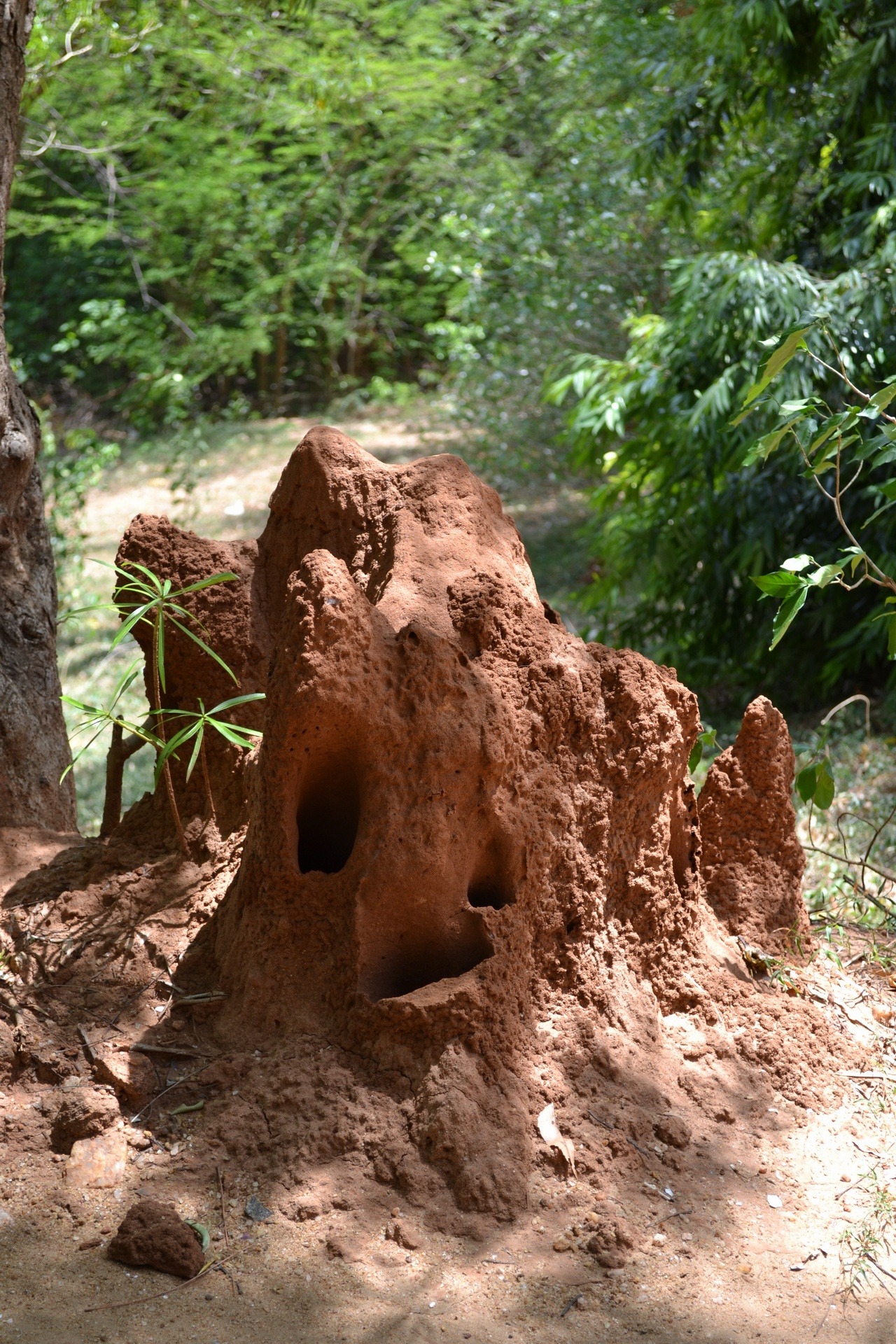By Thao Le
Red imported fire ants (RIFA) are an invasive species that were accidentally introduced to Australia many years ago. The first discoveries occurred in Brisbane, 2001, and the ants have since spread. The National Red Imported Fire Ant Eradication Program is a multimillion-dollar attempt to eradicate the ants. But how can you tell if the program is working? Well, you could form a mathematical model. And that’s what Dr Jonathan Keith and Dr Daniel Spring (two researchers currently at Monash University) did.
The model’s main component is the ant nests. A nest can spawn more nests, and it can be discovered and/or killed. Using the data collected by the eradication program, the model then predicts how the invasion proceeded: the numbers and spread of the unknown and known nests. The actions of the eradication program are built into the model, and the model can also simulate what could have happened if there was no eradication program.
My project was to expand the model. An ant nest can be discovered by professional searchers or by the public. How likely any given nest is discovered by the public also depends on the area: detections are more likely in urban areas than in rural areas simply because there are more people looking. In the original model, this likeliness of discovery (probability of detection) was constant. But surely the people become better over time in detecting ant nests? So my aim was to introduce this time dependence into the model.
Introducing time dependency to the detection probabilities was overall simple. The original model had a single parameter per urban/rural land type. This was replaced by a function, which depends on time. With that in mind, the code for the model had to be slightly modified before being run on a computer cluster, and took almost two weeks to generate the results.
The results found that the public became more informed at later times, and the estimated number of undiscovered nests is lower than in the original model. As such, this newer model suggests that the eradication program was more successful than what the original model implied. There are many more expansions and additions that can be made to the model, but hopefully it can still inform the eradication program of its progress and effectiveness.
Thao Le was one of the recipients of a 2013/14 AMSI Vacation Research Scholarship.

